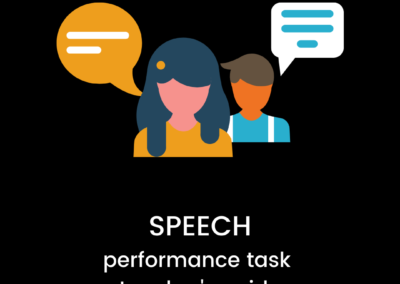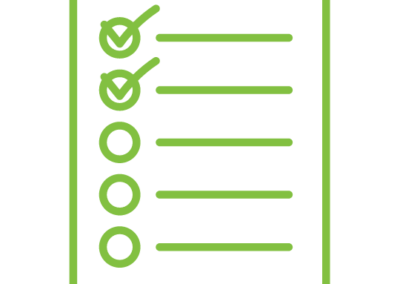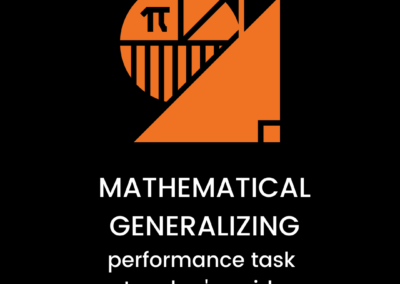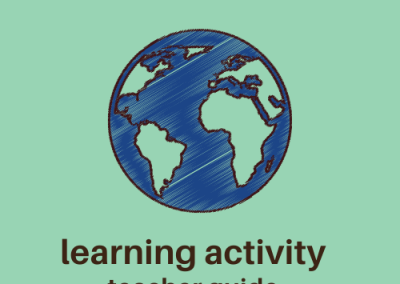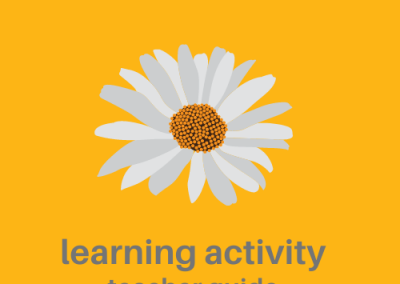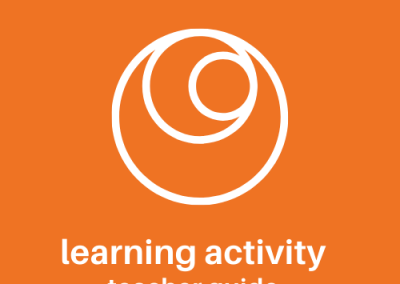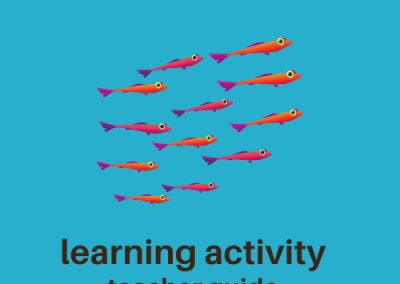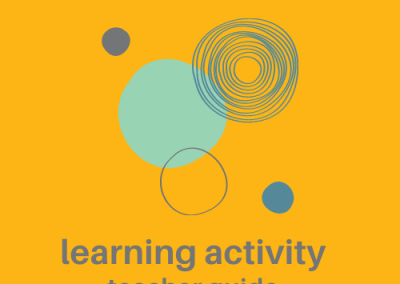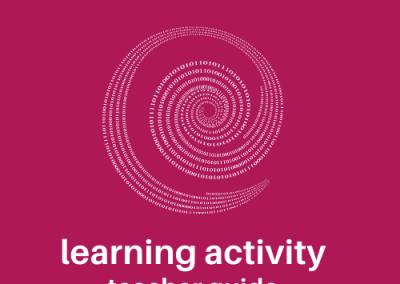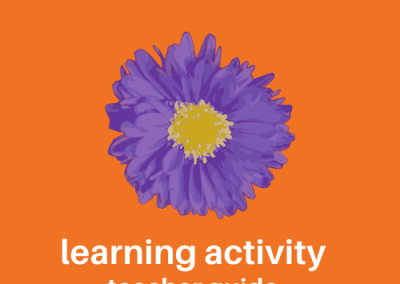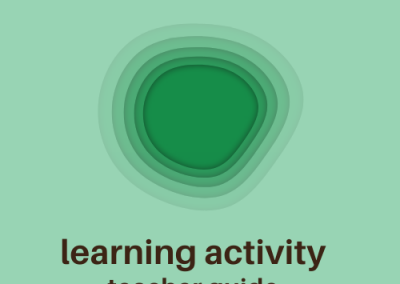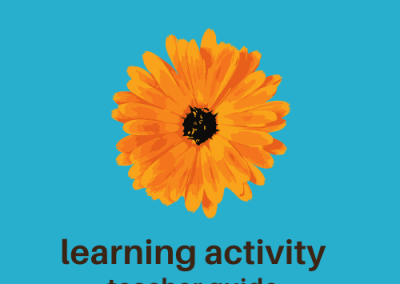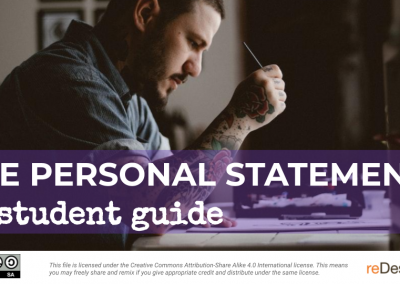Thought Bubbles
Preparation
Have an excerpt or text in mind that you want students to use as a reference while they complete their thought bubbles. Determine what you want students to illustrate in their bubbles, such as the thoughts of a character within a text, their own thoughts as they read, or a description of their problem-solving process. Determine student groupings. This activity can be done individually or in groups. Provide students with a graphic organizer or chart paper
Activity Steps
1
Introduce the concept of thought bubbles to students. Ask them: · Where do you usually see thought bubbles? · What do thought bubbles reveal? · How might we use thought bubbles in our own learning?
Thought bubbles can be used for note-taking.
2
Explain the purpose of thought bubbles for the class period: to record the hidden thoughts of a character as they read.
Again, you can use thought bubbles for recording their thoughts or explaining the process of solving a problem.
3
Perform a think-aloud in which you explain the type of thoughts to include in your thought bubble. Your think-aloud should help students understand the connection between the textual evidence and the inferences you draw about a character’s thoughts.
During this modeling, make sure to explain how the skill of connecting helps you to make inferences about a character’s intention.
4
Ask students to offer any additional thoughts that you should include in your bubble.
5
Determine student groupings.
You may want students to work on their own thought bubbles first and then share with a partner to compare thoughts and make new connections.
6
Provide students with a graphic organizer or chart paper and allow them time to jot down their thoughts. Their inferences about the character’s thoughts should go in the bubble, while the textual evidence should be recorded below the bubble.
Ask students to use chart paper if you want the class to understand how others are processing or making meaning of information. Posing thoughts on chart paper is also beneficial if the groups have different topics. You also may want students to record the page and paragraph that prompted their thought bubble next to each one.

